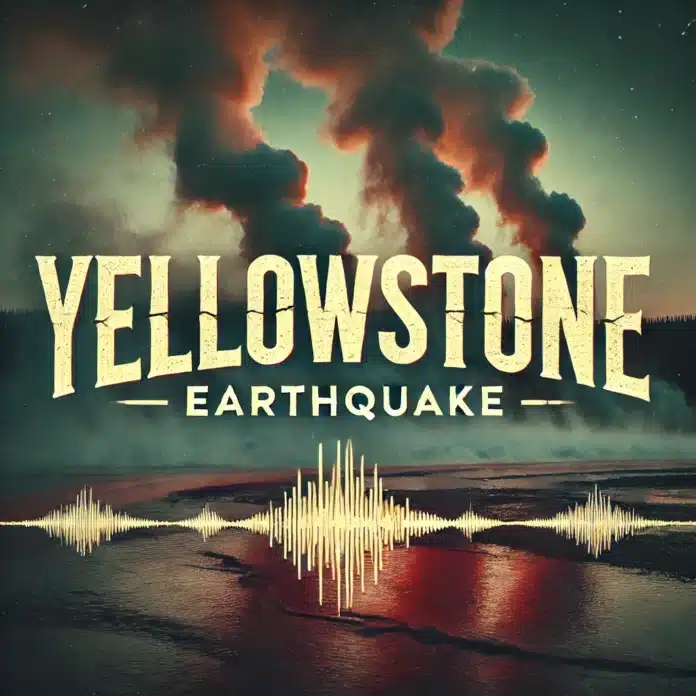West Yellowstone, MT – A 2.6-magnitude earthquake shook the area near Yellowstone National Park late Sunday evening, raising interest in the region’s geological activity. The quake, centered 61 kilometers southeast of West Yellowstone near Flat Mountain and Yellowstone Lake, occurred at 11:31 p.m. local time. The U.S. Geological Survey (USGS) reported the tremor at a depth of 5.2 kilometers.
While no damage or injuries have been reported, this minor earthquake is a reminder of the active geological processes beneath Yellowstone. The area experiences 1,500 to 2,500 earthquakes each year, most of them too small to feel. According to the Yellowstone Volcano Observatory, these frequent quakes are caused by the shifting of the Earth’s crust and are typical for volcanic regions like Yellowstone.
The quake also renewed public curiosity about the potential for volcanic activity in the area. Scientists at the USGS emphasized that Yellowstone’s supervolcano is not overdue for an eruption, despite common misconceptions. Large eruptions in the region have occurred roughly 725,000 years apart, with the last one taking place 631,000 years ago. “Volcanoes don’t follow predictable schedules,” the USGS explained, noting that the magma chamber beneath Yellowstone is only 5-15% molten, far below the amount needed to fuel a large eruption.
Most volcanic activity at Yellowstone in recent history has been minor. The last eruption occurred approximately 70,000 years ago, producing a lava flow rather than a catastrophic event. Scientists believe that any future eruptions would likely be small and localized, posing minimal risk to the region.
Visitors and residents in the area are encouraged to report any shaking they experienced through the USGS “Did You Feel It?” program. These reports assist researchers in improving seismic monitoring and understanding the area’s activity.
For those fascinated by Yellowstone’s unique geology, experts recommend exploring resources provided by the Yellowstone Volcano Observatory and the USGS. The region’s geothermal features, from geysers to hot springs, are direct results of the volcanic system beneath the park and remain a major draw for scientists and tourists alike.
Stay updated on Yellowstone’s seismic activity and learn more about its fascinating volcanic history by visiting official sources.
Be sure to follow us on Instagram & like us on Facebook to stay up-to-date on more relevant news stories and SUPPORT LOCAL INDEPENDENT NEWS!




